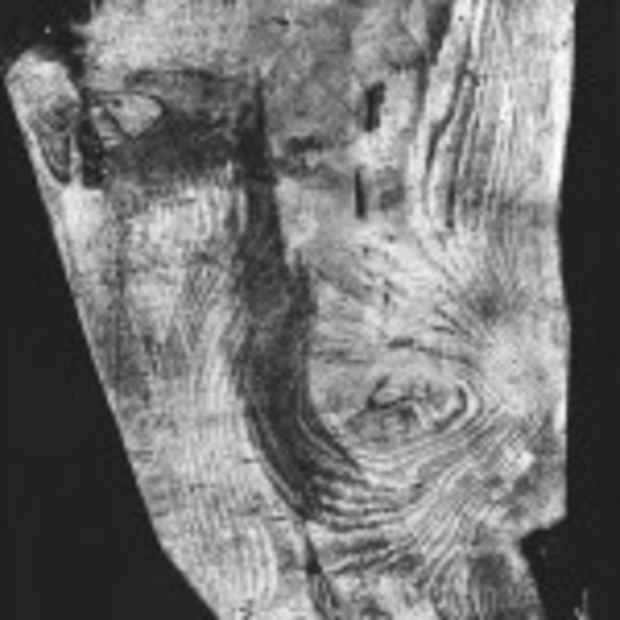Mario Giacomelli “Select Images”
Alan Klotz Gallery

This event has ended.
Although Mario Giacomelli certainly has his dark side, with the exception of his old-age home series, “Death Will Come, and it Will Have Your Eyes”, he does not directly confront the issue of dying. But, if truth be told, it is never really very far out of the frame or out of his thoughts. His are dark pictures.
It is the way he uses the frame that also made me think of pairing his work with that of Robert Richfield. Both their frames are chaotic, and depend upon the photographer’s ability to skew the way we read a three dimensional space, which has been translated into two, so that we are confused about what we are actually seeing…are we looking at a line?; a piece of wire that looks like a line?; a plane, or deep space? The rug, or rather the whole floor has been pulled out from under us and we are, as viewers, set adrift…which is exactly where both these artists want us. We are now free to free-associate, and engage our imaginations in defining our experiences. Photography, whose reputation for clearly recording, and ordering the world in understandable bundles is asked to play a different role, on a different plane of understanding…one that is much more connotative than denotative.
Certain elements in these pictures are certainly obvious and readable, but then others are more vague, less certain, and somehow don’t seem to go along with the few things that make total sense to us. Giacomelli goes against the grain of how photographs are read, constructed, and printed, at least as far as the European tradition of Photo-Journalism is concerned. Cartier-Bresson, Doisneau, and Ronis all give us clear frames of reference, printed in even tonal gradations, and we see them as small parts of a narrative. They have drama, but the dramas are familiar as parts of our “normal” waking lives. Giacomelli is more dreamlike in his approach to both what we are seeing and how that “dream” is constructed. What we are seeing is the occasional human form, and bits of architecture, while the other elements are subordinated by removing or obfuscating their true nature…lengths of wire and rubbed-off plaster or rubbed-on paint, or swatches of cloth become abstract elements floating on a plane. The people seen, often seem distraught, or are entering or exiting the frame with haste at the edges. People on the street are often arranged in a mosaic, not obviously aware of each other…they are more part of the pattern of being… part of the mosaic of humanity. And the pattern includes windows and doors to give it an extra element of geometry. All this patterning is arranged on a plane in space with a short depth…sort of squeezed together. This, of course clearly mirrors Richfield’s compressed ambiguous spaces where the memorial arrangements take place. Giacomelli enhances this effect by deliberately altering the contrast within the photographs’ tonal spectrum. By removing key medium grays, visually present in a good photographic print, our ability to read objects accurately, and see them in a recognizable space, or a series of planes is thrown out of kilter, as in a dream where not everything is completely fleshed out. One is reminded of the paintings of Paolo Uccello (Italian, 1397-1475), who, though he painted scenes in deep space, bunched the action within a very shallow, foreshortened plane. Giacomelli adopts the same strategy, while the creators of the memorials in the Richfield work do this for him as a given, the result of the spatial limitations of the crypts themselves. The resulting images are more like a Modernist collage than a real 3D space.
Putting these two bodies of work together allows two good things to happen. We can think about The Day of the Dead in all its touching, vernacular, slightly outré eccentricity, at the very season of its celebration (November 2nd), and then consider more strongly the role that the individual artists’ highly developed vision plays in giving us something truly singular to consider about the expressive nature of the medium and those who use it with such skill.
Media
Schedule
from October 24, 2013 to November 29, 2013